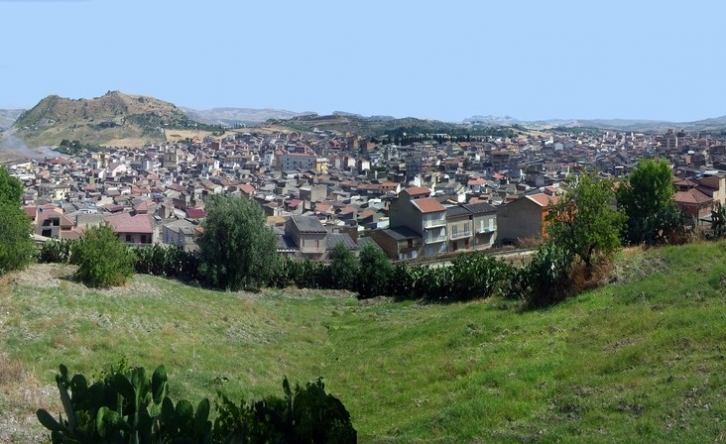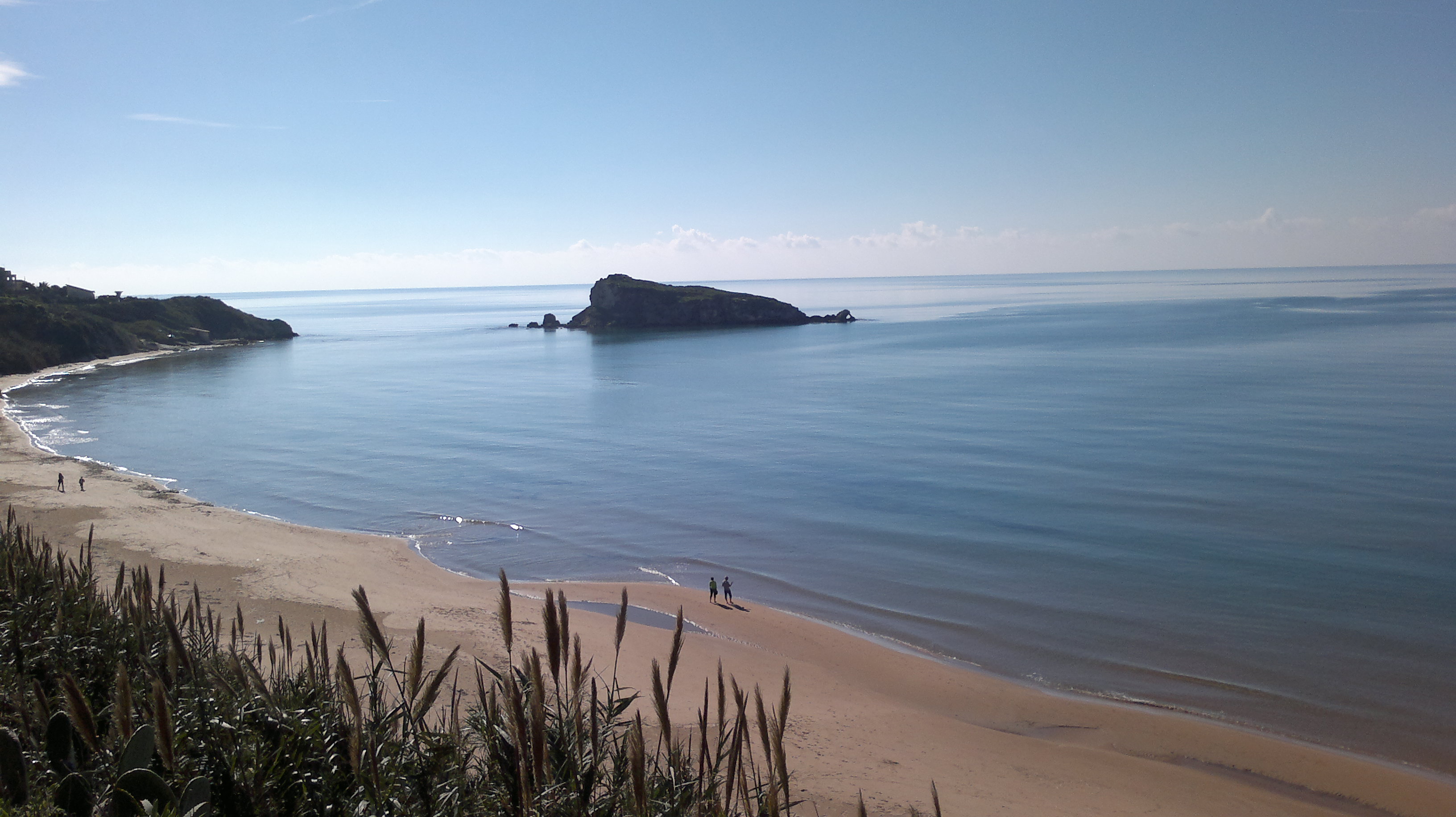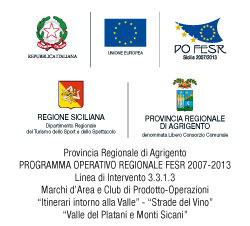
Ravanusa has a history of three millennia, its origins date back to the protohistoric period as evidenced by the grottos in the area of Bifara, Grada, Fiumarella and Monte Saraceno. They are small rooms carved into the rock with a few square meters in extent, resemble small houses of men unpretentious and are located in all around the country. Recent excavations on Mount Saraceno, highlight the existence of a city of the Greek era, probably the ancient Kakiron, dating from the seventh century. Accome evidenced by the findings of coins, vases and figurines.
The Greek Polis flourished between the seventh and fourth sec.a. C., only to be destroyed most likely due to the First Punic War, which saw it as the scene of their struggles Sicily. As in Sicily Ravanusa also not missed the Arab presence, life probably from the ninth to the eleventh AD, it seems that the very name "Ravanusa" comes from "Ravim" which means fortress.
The new country founded in the Norman period dates back to 1086, the year in which Ruggero D'Altavilla conquered Kerkent, today's Agrigento and the surrounding territory.
A legend told in the "Sicilian Vespers" tells that the mountain there was a Saracen castle of Muslims and that Count Roger had besieged him. The his army thirsty for the excessive heat and lack of water was about to succumb, but Roger invoked the Virgin pointed to dig under the fig tree that stood at the foot of Mount Saraceno, from which the water flowed. The army drank and recovering forces defeated the Arabs, commonly called Saracens. To thank the Virgin, Ruggero D'Altavilla built the first Christian church dedicated to the Madonna del Fico. This suggests that the Count Roger had found Christian inhabitants in the territory and the construction of the church met the few families.
In the Norman period the country continued to grow, in 1472 began the barony lasted until 1806, when Ferdinand III of Bourbon abolished baronial privileges.
Monuments to visit
The Church of the Convent. The Church of the Convent is the most beautiful of the country, there are many things that can be seen inside, as significant paintings adorn the ceiling and bear witness to the presence of the Normans in the territory. The first is the Count Roger who lays siege to the Muslim fortress on Mount Saraceno with a large number of soldiers, the second depicts Ruggero kneeling in front of the Madonna, which makes water flow from under the fig tree. You can still see several wooden statues of great value, especially that of Mary Immaculate.
The Mother Church. Baroque, founded by the Duke of Montalbano Giacomo Bonanno in 1622, over the centuries has undergone several reconstructions. Inside is the statue of Our Lady of Mercy attributed to Biancardi, in the ceiling one can see two large paintings on canvas: the conversion of St. Paul and Jesus turning the merchants from the temple. On the left side of the nave you can see a very old baptismal font dating back to 1666.
Church Our Lady of Fatima. The church has become famous for a recent episode. Inside the late eighties was a canvas of the painter Silvio Benedetto depicting a "pregnant Madonna". The painting is considered by some blasphemous gave popularity to the church.
Not to be missed
Visit to the archaeological site of Monte Saraceno
Located on the mountain just over 1km from the town.

 The discovery of the coast - 2 routes to the east between the sea and inland
The discovery of the coast - 2 routes to the east between the sea and inland

